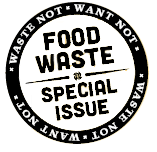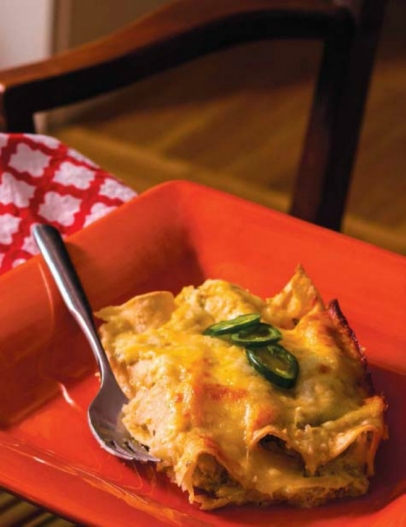Cooking Fresh: New Life for Leftovers
Don’t waste even a taste of precious food
Look for “leftovers” in Julia Child’s The Way to Cook and the index will refer you to “feasting on remains,” where there is a long list of dishes including timbales (chopped leftover meats and vegetables, breadcrumbs and eggy custard); quiche (ditto, only with pastry crust); hash and gratins.
“The glories of the leftover ham and the turnip are never more subtly displayed,” she says, than in her hashed brown turnip cake with ham and eggs.
Glories of turnip indeed. Still, before French was haute it was a cuisine of scarcity — like many ancient cuisines, where thrifty cooks wasted nothing: not bones, not pieces and ends, not previously cooked meals. For most of human time on earth, cooks were not blessed with the cheap abundance that Americans now enjoy.
While individuals are not the biggest drivers of the embarrassing amount of food wasted in this country (although our demand for perfection does cause much to be left in fields, or thrown out at grocery stores), we waste plenty. And while not wasting your own food does nothing for food populations who find food scarce, care with your cooking can make you a more deliberate eater and  citizen.
citizen.
For instance, you might blanch at the idea of buying organic food, or purchasing pasture-raised meat at a farmers’ market, because the food seems expensive compared to conventional supermarket food. But cooking wisely, and wasting less, allows you to make more meals from the same expenditure while making your diet more healthful at the same time.
Every cuisine offers lessons about making great food from humble remains. Greek moussaka from leftover lamb uses vegetables and a simple white sauce to make an elegant casserole. Blanched leaves from cabbage or kale or collards — or pickled grape leaves — can be filled with mixtures of meat with breadcrumbs or rice, or vegetables and nuts. In Mexico, virtually any combination of small bits of food becomes stuffing for taco, then any leftover tortillas can be stacked like lasagna noodles stuffed and sauced for chilaquiles.
Soup is my first line of defense against wasting leftovers, and the same is true of restaurants, where soupe du jour makes expedient use of water, bones, herbs and leftover or miscellaneous vegetables. At Thanksgiving, that means turkey soup, made with broth from the turkey bones, studded with meat from the carcass and, in the end, perhaps ladled over toasted dressing (stuffing itself is a delicious use of leftover bread).
Curries and casseroles, salads and stir-fries, sandwiches and wraps, croquettes and fritters, pastas and potpies, fried rice and quiches, omelets and burritos—all and more make great use of foods that might otherwise be thrown away, and make pretty interesting eating, all through the year, not just at Thanksgiving.
Sarah Fritschner is coordinator of Louisville Farm to Table and a frequent contributor to Edible Louisville & the Bluegrass.
Sarah Fritschner’s general primer on making soup can be found here.





